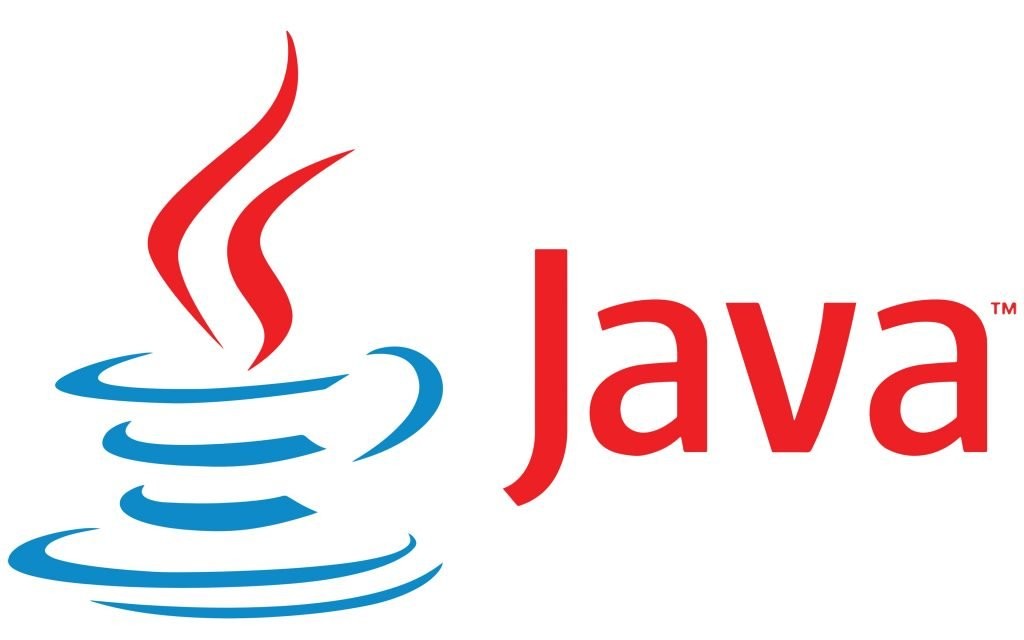Last Updated on September 24, 2024
One of the fundamental tools in the cybersecurity arsenal is cryptographic hashing, and the Java programming language provides a powerful and versatile implementation of this functionality through the MessageDigest class.
What is MessageDigest?
The MessageDigest class in the Java java.security package is a central component of the Java Cryptography Architecture (JCA). It provides a way to compute a “digital fingerprint” of data, known as a hash value or message digest. This hash value is a fixed-length string of characters that uniquely represents the input data, with the key property that it is virtually impossible to derive the original data from the hash value alone.
The primary purpose of the MessageDigest class is to enable secure hashing of data, which has a wide range of applications in modern software development and information security, including:
- Data Integrity Verification: By computing and comparing hash values, you can ensure that data has not been tampered with or corrupted during storage or transmission.
- Digital Signatures: Hash values can be used as the basis for creating and verifying digital signatures, which provide a means of authenticating the origin and integrity of digital documents or messages.
- Password Hashing: Storing passwords in plain text is a major security vulnerability. Instead, passwords are typically hashed and the hash values are stored, making it much more difficult for attackers to recover the original passwords.
- Unique Identifiers: Hash values can serve as unique, fixed-length identifiers for data, making them useful for tasks like data deduplication, indexing, and caching.
- Cryptographic Key Derivation: Hash functions can be used to derive cryptographic keys from other data, such as passwords or passphrases, in a secure and repeatable manner.
The MessageDigest class supports several widely-used hash algorithms, such as MD5, SHA-1, SHA-256, SHA-384, and SHA-512, each with its own security characteristics and performance trade-offs. The choice of algorithm depends on the specific requirements of the application, such as the desired level of security, the size of the hash value, and the computational resources available.
Basic Methods of MessageDigest
The MessageDigest class provides a set of methods for computing and working with hash values. Here are some of the most commonly used methods:
getInstance(String algorithm)
This static method returns a MessageDigest object initialized with the specified algorithm, such as “MD5” or “SHA-256”.
// Get a MessageDigest instance for the SHA-256 algorithm
MessageDigest md = MessageDigest.getInstance("SHA-256");update(byte[] input)
This method adds data to the message digest. You can call this method multiple times to incrementally update the digest with new data.
// Update the digest with the input data (a string)
md.update("Hello, World!".getBytes());digest()
This method completes the hash computation and returns the final hash value as a byte array.
// Compute the final hash value
byte[] hashBytes = md.digest();digest(byte[] input)
This method is a convenience method that combines the update and digest operations into a single call.
// Compute the final hash value
byte[] hashBytes = md.digest("Hello, World!".getBytes());getAlgorithm()
This method returns the name of the message digest algorithm used by this MessageDigest object.
getDigestLength()
This method returns the length of the digest in bytes.
reset()This method resets the MessageDigest object to its initial state, allowing you to reuse the object for a new hash computation.
Example Usage of MessageDigest
The MessageDigest class has a wide range of applications in software development and information security. Let’s explore a few examples of how it can be used.
Password Hashing
One of the most common use cases for MessageDigest is secure password storage. Instead of storing user passwords in plain text, which is a major security vulnerability, passwords are typically hashed using a secure algorithm like SHA-256 or bcrypt, and the hash values are stored instead.
When a user attempts to log in, the provided password is hashed and the resulting hash value is compared to the stored hash value. If the hash values match, the user is authenticated. This way, even if an attacker gains access to the password database, they will not be able to recover the original passwords.
// Get a MessageDigest instance for the SHA-256 algorithm
MessageDigest md = MessageDigest.getInstance("SHA-256");
// Hash the password
byte[] hashBytes = md.digest("mypassword".getBytes());
// Convert the hash value to a hexadecimal string
StringBuilder sb = new StringBuilder();
for (byte b : hashBytes) {
sb.append(String.format("%02x", b));
}
String hashedPassword = sb.toString();
// Store the hashed password in the database
// When the user attempts to log in, hash the provided password and compare it to the stored hashDigital Signatures
Digital signatures are another important application of the MessageDigest class. By computing a hash value of a document or message and then encrypting the hash value with a private key, you can create a digital signature that can be used to verify the origin and integrity of the data.
// Get a MessageDigest instance for the SHA-256 algorithm
MessageDigest md = MessageDigest.getInstance("SHA-256");
// Hash the document or message
byte[] hashBytes = md.digest(documentBytes);
// Encrypt the hash value using a private key to create the digital signature
byte[] signature = encryptWithPrivateKey(hashBytes, privateKey);
// Attach the digital signature to the document or message
// The signature can be verified later by decrypting it with the public key and comparing the result to a new hash of the dataThe encryptWithPrivateKey method is not a built-in Java method. It is a hypothetical method used in the example to demonstrate how a digital signature can be created using a private key.
Data Integrity Verification
MessageDigest can be used to verify the integrity of data, ensuring that it has not been tampered with during storage or transmission. This is often done by computing a hash value of the data and storing or transmitting the hash value alongside the data. The recipient can then compute a new hash value and compare it to the original hash value to detect any changes.
Here’s a simple example of using MessageDigest for data integrity verification:
// Get a MessageDigest instance for the SHA-256 algorithm
MessageDigest md = MessageDigest.getInstance("SHA-256");
// Compute the hash value of the data
byte[] hashBytes = md.digest(dataBytes);
// Store or transmit the hash value alongside the data
// Later, when verifying the data:
// Compute a new hash value of the data
byte[] newHashBytes = md.digest(dataBytes);
// Compare the new hash value to the original hash value
if (Arrays.equals(hashBytes, newHashBytes)) {
// Data has not been tampered with
} else {
// Data has been modified
}Conclusion
The Java MessageDigest class is a powerful and versatile tool for secure hashing and cryptographic operations. By providing a standardized API for computing hash values using a variety of algorithms, MessageDigest enables developers to build secure and reliable applications that can ensure the integrity, confidentiality, and authenticity of digital data.
Whether you’re implementing password storage, digital signatures, data integrity checks, or unique identifiers, the MessageDigest class is an essential component in the Java developer’s toolbox for building secure and robust software systems. As the importance of cybersecurity continues to grow, the ability to effectively use tools like MessageDigest will become increasingly valuable for Java developers and the applications they create.

